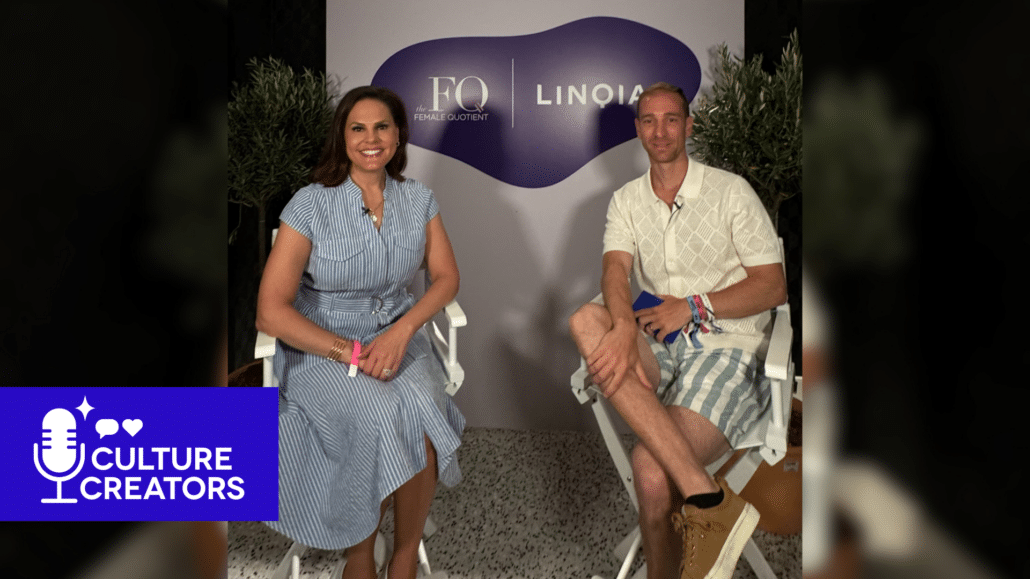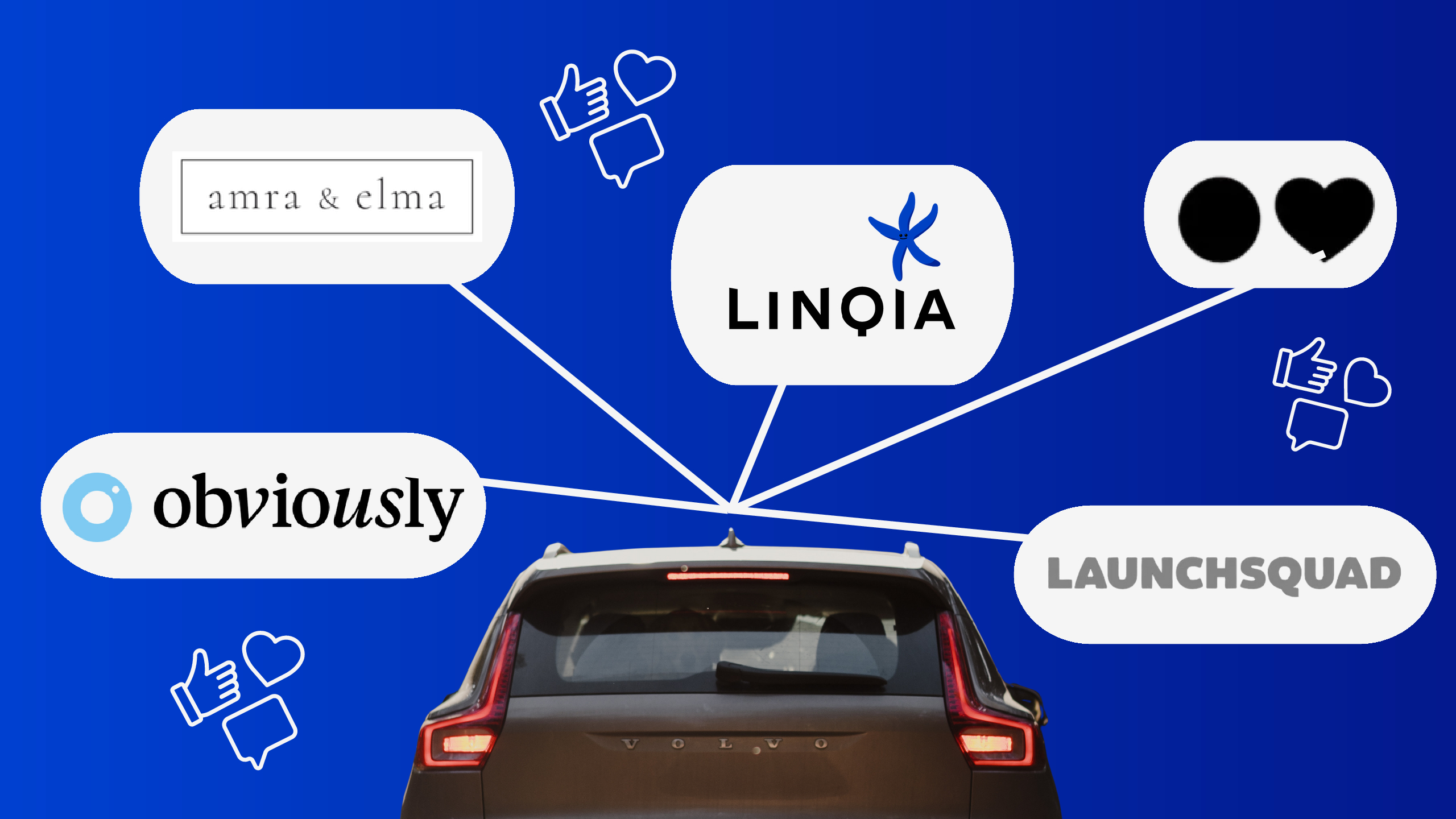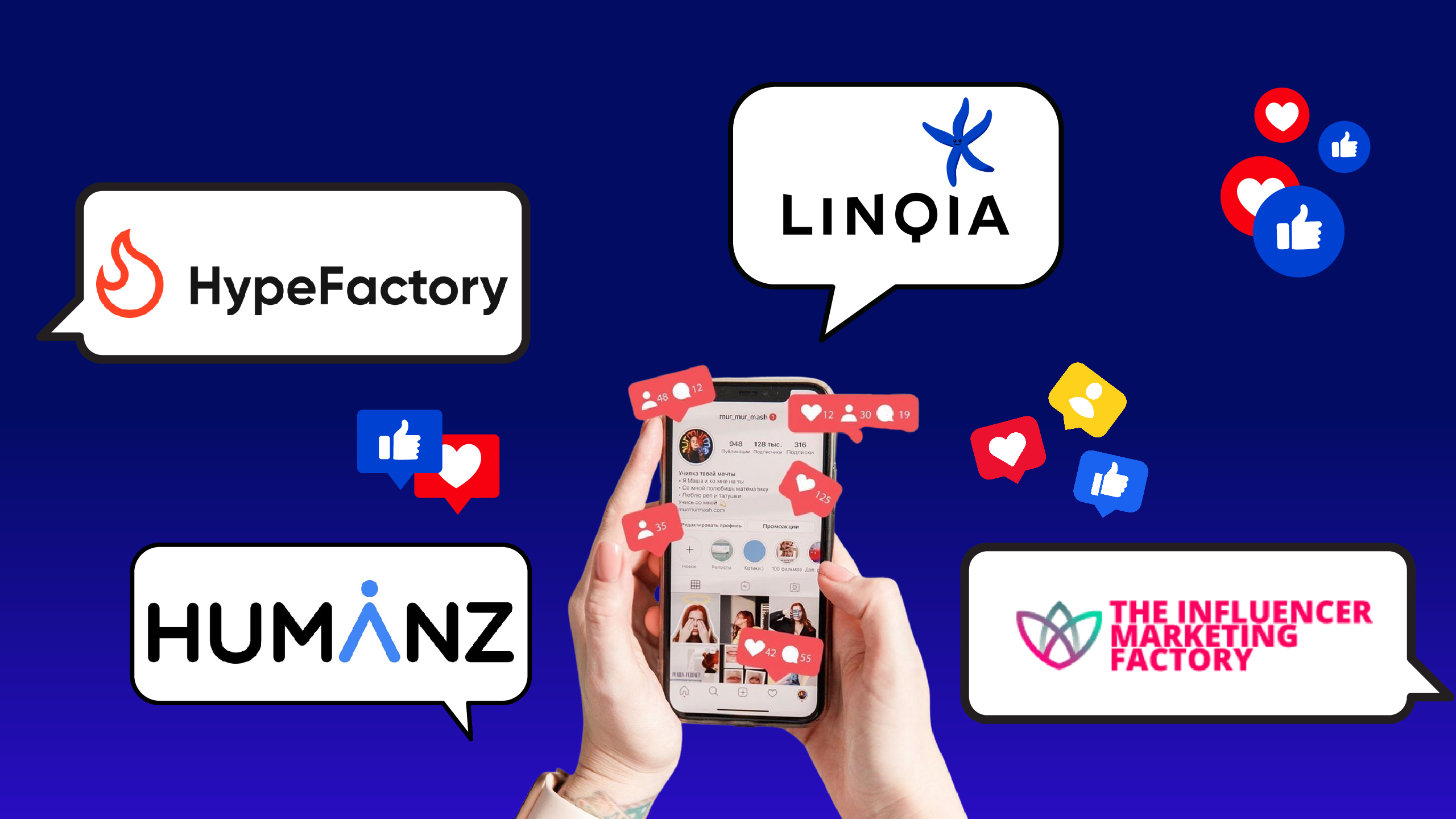How State Farm is Using Creators to Stay Culturally Relevant
We sat down with Alyson Griffin, Head of Marketing at State Farm, for our Culture Creators Series. The brand is more than 100 years old and has no awareness problem, but like many legacy companies, it faces a new challenge: relevance. Alyson, who spent her early career in tech at HP and Intel, is helping reinvent how insurance shows up in modern culture.
You spent years in tech. What drew you to State Farm?
I never thought I’d leave the Bay Area or the tech industry. But State Farm came with a challenge that felt familiar: no awareness problem, but a relevance one. HP sells printers. Intel is a chip in a chip in a chip. Insurance? Most people don’t think about it at all. But I love that. I find those challenges exhilarating.
This is your second year at Cannes. What’s exciting you about being here?
The creativity and energy are good for the marketer’s soul. Plus, we have meetings lined up and a main stage talk with Kai Cenat in the Creator section. It’s a big week.
Let’s talk about Jake. How has his role evolved as a brand asset?
Jake from State Farm is one of seven brand assets we actively use. He’s not just a mascot, he’s the human personification of being a Good Neighbor. He’s shown up at NFL games, Vogue World, you name it. And we treated him like a creator from day one. Before we spent a dollar on TikTok, he had over a million organic followers. That told us everything.
So would you say Jake is a creator in his own right?
Absolutely. He had Twitter and Instagram, but we saw the opportunity early on to grow him as a full-blown creator. He moves in the real world and shows up where our audience is. And the content isn’t ads, it’s authentic storytelling.
How do you think about staying relevant in such a fragmented culture?
We meet people where they are. No one wakes up wondering what their insurance carrier is doing. So if we’re not using creators or placing content in those corners of the internet, we’re irrelevant. I tell my family that scrolling TikTok is part of my job—and it is. You have to know what’s out there.
Are creators primarily a reach tool, or more about content creation?
Both. Creators started as a media channel for us, but over time we’ve learned to give up some control. That’s where the magic happens. I always say: embrace calculated risk. We’re a 103-year-old insurance company—no one is more risk-averse than us. But if you trust creators to do what they do best, the payoff is huge.
Do you follow trends or take a different approach?
We don’t chase trends, we try to create the conditions that allow lightning in a bottle to happen. For example, our Severance partnership with Apple TV happened before the second season launched. It was a gamble, but it worked. Same with Kai Cenat. He’s the biggest streamer in the world. We already had roots in football and gaming, so when Taylor Swift started dating Travis Kelce, we were able to move fast, and within a week, Jake was sitting next to Mama Kelce.
What’s your philosophy on creator trust?
We lean in. 69% of people trust creators and friends over brands. So almost every campaign we run includes creators—often micro, not just mega. If you build a strong relationship with a creator, their audience will trust you too. And we think holistically. Creators, earned media, and owned channels all work together to influence someone searching for their first auto policy.
Are you using creator content beyond social?
Absolutely. A few years ago, when the Super Bowl was at State Farm Stadium, we skipped the ad buy. Why spend $7 million on a spot when our name is on the building? Instead, we partnered with Khaby Lame on a TikTok-style spot and ran it on linear TV. We were early to that trend, and now we’re fully in. Our March Madness campaign included Jason Bateman, SZA, Kai Cenat, and Jordan the Stallion—all in one creative universe.
Let’s talk budget. What’s the right amount to spend on creators?
It’s not about the dollar amount. If you’re only working with creators to check a box, don’t do it. I’d rather see a brand spend zero than run something inauthentic. But if you’re thoughtful—if you’re using creators as a meaningful part of your mix—then they’re invaluable. It’s about understanding your strategy and using the right voices to drive a real connection.
What’s on your personal For You Page?
Sourdough bread. I’m deep into it, I’ve got a starter named Eve chilling in my fridge back home.
If you were a creator, what would your niche be?
Definitely cooking. Maybe a little pop music choreography. And weirdly, card tricks. I never remember how they work, but I love watching them.
What advice do you have for someone starting in marketing?
Start in an agency. You get exposure to so many business models and company sizes. It’s the best training ground. And don’t sleep on media—it’s becoming one of the most important marketing functions out there. Especially with creators and consumer attention shifting fast.
What should brands understand about working with agencies today?
Listen to the young people on your agency teams. They understand what’s happening in culture way better than we do. That knowledge is gold.
For more from our Culture Creators series, head here.
Want more updates? Subscribe to our newsletter at www.linqia.com/subscribe to never miss what’s new in influencer marketing and social media.




